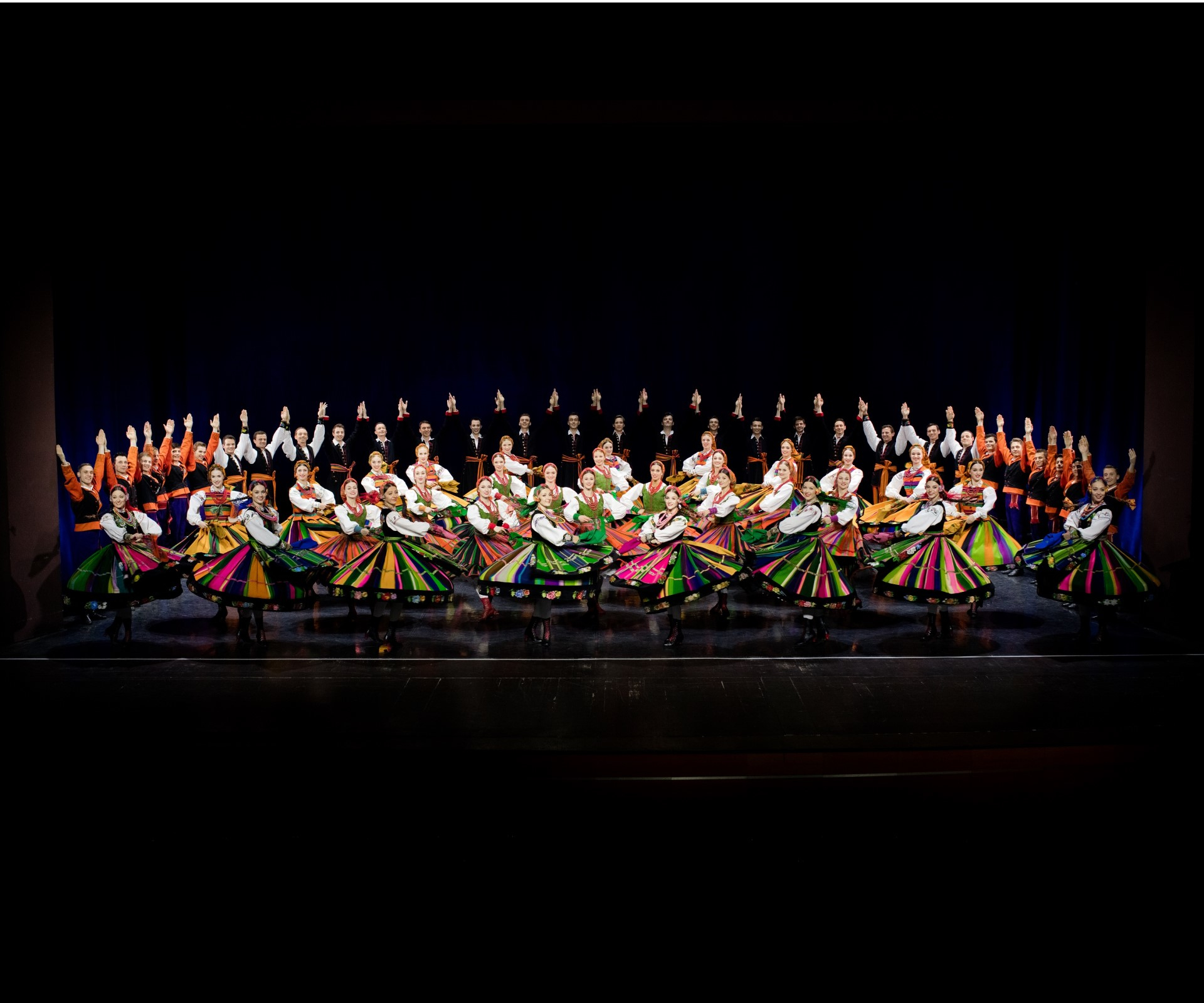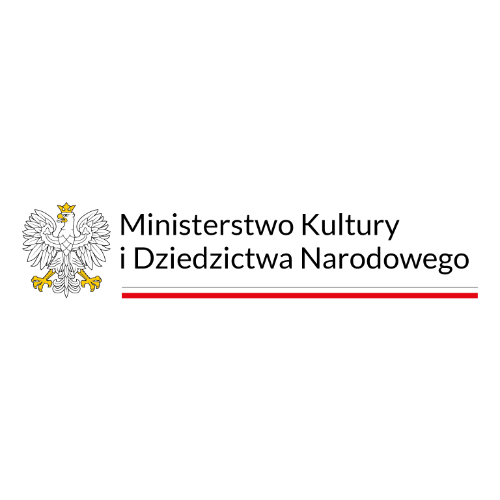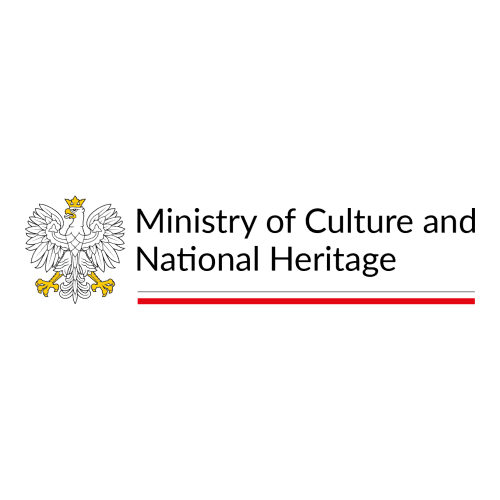Mira & Tadeusz
MAZOWSZE
Henryk Jarecki
Do you know a composer by the name of Henryk Jarecki? If not, here is a perfect chance to get to know his opera Barbara Radziwiłł (1893), whose concert version has been prepared by the Chorus and Orchestra of the Polish National Opera under conductor Marta Kluczyńska.
In the late 19th century this historic opera scored triumphs in Lviv, yet subsequently fell into oblivion. ‘Is is true that forgotten works become that for a reason – that is because they display a lesser artistic merit? Or perhaps we have never had a chance to judge it, because most manuscripts had been lost in the war?’ wanders conductor Marta Kluczyńska. Considered lost for a long time, Barbara Radziwiłł survived and was rediscovered by the recognised conductor. Today, it is held by the National Library in Warsaw together with Jarecki’s other manuscripts.
Born in 1846, Henryk Jarecki was a composer, conductor, and educator. He trained with Stanisław Moniuszko at the Music Institute in Warsaw and was his favourite student. From 1874 until his death he worked in Lviv, first act the chief conductor, then the director of a theatre founded by Count Stanisław Skarbek. It was a monumental investment, with permission from the Austrian authorities, Skarbek’s playhouse housed both a Polish and a German troupe. The six-storey auditorium could seat 1,800 people. From 1872 the theatre solely staged Polish plays as well as operas and operettas.
The shift came after Henryk Jarecki’s arrival in Lviv. Moniuszko’s former student immediately introduced Polish music to the theatre’s repertoire, including his teacher’s The Haunted Manor and Widma (The Phantoms), Władysław Żeleński’s Konrad Wallenrod and Goplana (which is part of the Polish National Opera’s repertoire from 2016), as well as Polish premieres of Richard Wagner’s opera.
Jarecki also wrote new works for the Lviv company, including Jadwiga, Queen of Poland, The Dismissal of the Greek Envoys, The Return of Daddy), which were ‘grand operas of the post-Moniuszko era’, characteristic for their historical subject-matter and inspirations with Polish Romantic literature. At the same time, Jarecki remained under the influence of Wagner’s concepts: he introduced leitmotifs in short preludes to his operas, a novelty criticised by conservative critics. As for Polish music traditions, he included in his works dance interludes based on the rhythms of the mazurka, polonaise and krakowiak.
The story of Barbara Radziwiłł, Queen of Poland, whom Jarecki made the protagonist of his third opera, is the most famous love story in the history of Poland marred by merciless political power struggle between the country’s noble families. The melodramatic legend of Barbara’s poisoning ordered by her evil mother-in-law, dowager Queen Bona Sforza was popularised in Jarecki’s times by Alojzy Feliński’s play Barbara Radziwiłłówna: A Tragedy in Five Acts and paintings by Jan Matejko, Wojciech Gerson, and Józef Simmler. In the 20th century the attractive story caught the interest of the cinema industry. Before WWII, Józefa Lejtes made a historical film titled Barbara Radziwiłł starring Jadwiga Smosarska in the title role, while the 1980s saw Janusz Majewski’s television series Queen Bona Sforza and the feature film Epitaph for Barbara Radziwiłł.
Henryk Jarecki’s opera was based on Dominik Magnuszewski’s three-act play with an epilogue titled Barbara jeszcze Gasztołdowa żona (Barbara Still The Wife of Goštautas). The author of the libretto remains unknown. In the prologue we see Barbara on her deathbed accompanied by her husband King Sigismund Augustus, who does take his eyes off her. Dowager Queen Bona Sforza crosses the stage with Montjo the physician, the ostensible executor of her murderous designs. The four acts take us back in time. We witness the hostility displayed by noble families towards young Sigismund Augustus, his mother’s political ambitions, death of Barbara’s first husband, the blossoming of her and the heir-apparent’s love, Bona Sforza’s opposition to her son’s marriage to Barbara, which in the dowager queen’s mind undermined the dynasty, the couple’s coronation in the Kraków main square to the sound of the mazurka, and Barbara’s sudden death. The opera ends with Stańczyk the court jester informs everybody of Bona Sforza’s escape.
Magnuszewski and Jarecki both compressed the story for the sake of their works. In an actual fact, Barbara lived four years following her secret wedding to Sigismund. She died as a Queen of Poland in May 1551, less than six months after her coronation.
Henryk Jarecki passed away in 1918. In the words of composer and music critic Stanisław Niewiadomski, he ‘was undoubtedly a heir of Moniuszko, (…) yet the overall feeling of his music was different and his approach to opera poles apart [from Moniuszko’s]. Lohengrin must have made a strong impression on him: while imitation was out of the question as Jarecki kept away from the very essence of Wagner – chromaticism, the fact that he took notice of the staging principles of modern-day drama must have indicated to the listener that this was something new.’
Anonymous authors of medieval songs comprising the Carmina Burana cantata were not Nazis, and neither was Richard Wagner. They were born too early for that. However, zeitgeist works in mysterious ways: Orff (just like Wagner) was a favoured artists among the Nazis, and his name found itself on the Gottbegnadeten-Liste ('God-gifted list' or 'Important Artist Exempt List'). The piece had its world premiere in 1937 and was not particularly appreciated by the critics, but by the Third Reich leaders – very much so. Currently it seems to enjoy popularity among heavy metal bands. Politics aside, music remains the most important thing, after all. Thanks to Boris Kudlička’s visualizations we are transported from a theatre building into space, ready to reach universal values at superluminal velocity. Worth taking the trip!
Sponsors
-
Partnerzy Akademii Operowej
-
Partnerzy Teatru Wielkiego - Opery Narodowej
-
Partner technologiczny
-
Patroni medialni
-
Partners of the Opera Academy
-
Partners of Teatr Wielki – Polish National Opera
-
Technological partner
-
Media patrons












